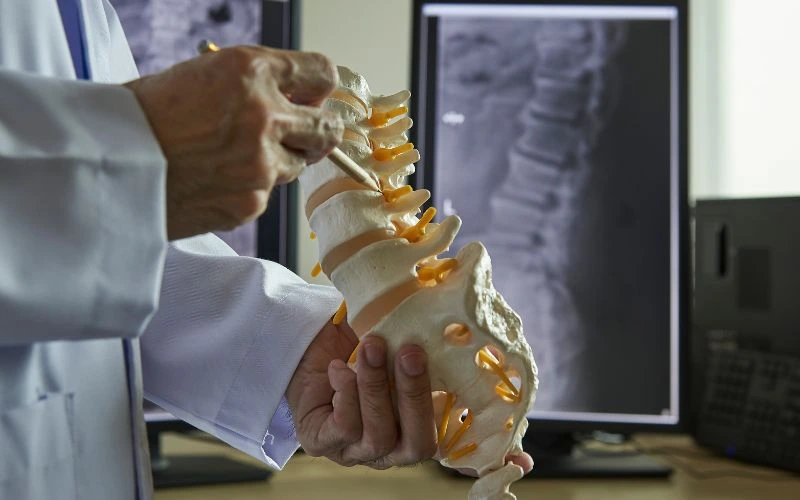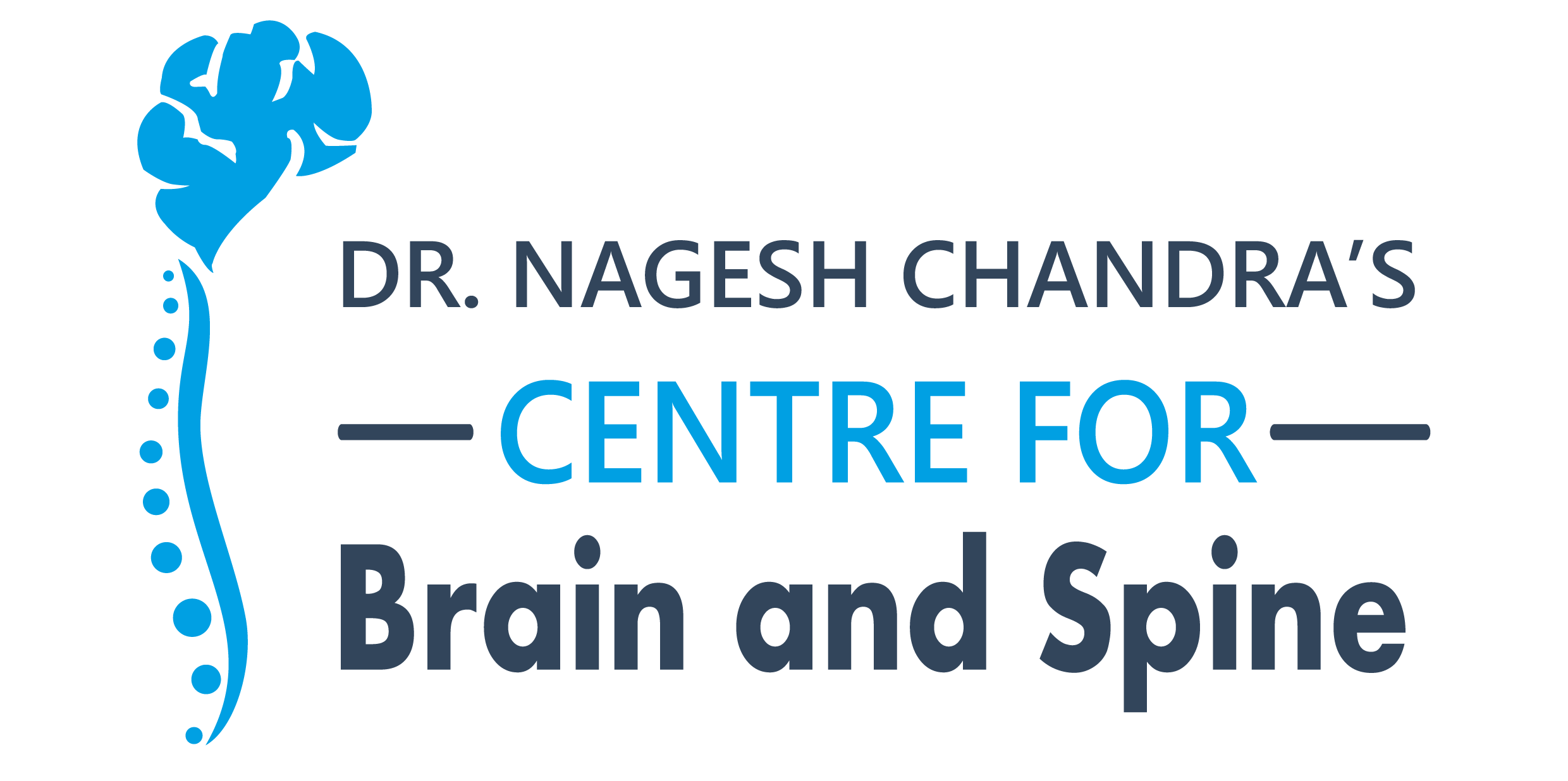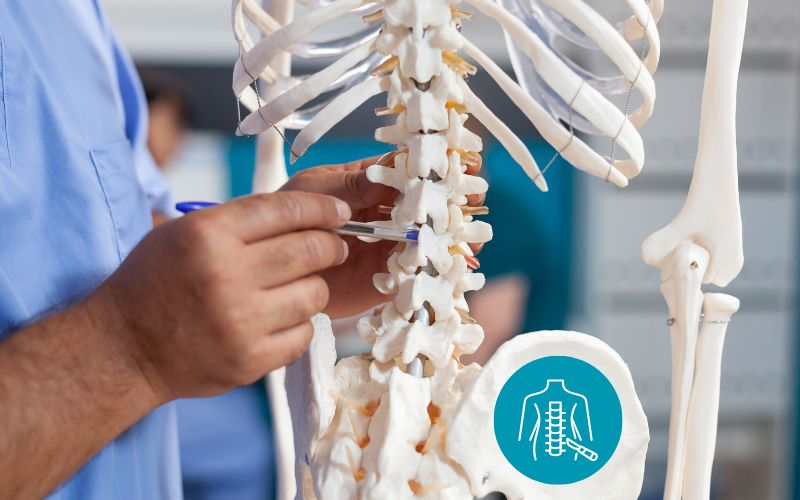Vertebral compression fractures (VCFs) are common in people with weakened bones, especially those with osteoporosis. These fractures can cause intense back pain, limit mobility, and decrease quality of life. When such fractures occur, several treatment options are available, including minimally invasive procedures like vertebroplasty and kyphoplasty. These procedures aim to relieve pain and improve function but work slightly differently. Understanding the differences between them can help you make informed treatment decisions.
What Are Vertebroplasty and Kyphoplasty?
Vertebroplasty and kyphoplasty are two procedures that treat spinal fractures caused by osteoporosis, cancer, or other conditions. They are both minimally invasive, requiring small incisions and less recovery time than traditional open spine surgery. Both procedures aim to stabilise the fractured vertebra and reduce pain, but they differ in how they achieve this goal.

Vertebroplasty Surgery
Vertebroplasty involves injecting a special bone cement into the fractured vertebra to stabilise it. The cement is injected through a small needle guided into the vertebra using imaging techniques, such as fluoroscopy (a type of real-time X-ray). The cement hardens quickly, providing immediate stability to the vertebra and helping to reduce pain.
The vertebroplasty procedure does not aim to restore the height of the collapsed vertebra; it simply fills the fracture with cement to prevent further collapse and reduce pain. It’s used for treating painful fractures caused by conditions like osteoporosis or metastatic cancer.
Kyphoplasty Surgery Procedure
Kyphoplasty is similar to vertebroplasty but with an additional step that helps restore the height of the collapsed vertebra. During kyphoplasty, a balloon is inserted into the fractured vertebra through a small incision.
The balloon is then inflated to gently raise the vertebra back to its normal height. Once the vertebra is restored to its correct position, the balloon is deflated and removed. Afterwards, bone cement is injected into the space the balloon creates to stabilise the vertebra.
This procedure is called “balloon kyphoplasty” because a balloon is used to restore vertebral height. Kyphoplasty has the added benefit of addressing the deformity caused by the fracture, potentially improving posture, and reducing the risk of future fractures.
5 Key Differences Between Kyphoplasty and Vertebroplasty
While both kyphoplasty and vertebroplasty are effective for treating vertebral compression fractures, there are several key differences between the two:
1. Restoration of Vertebral Height
This procedure does not attempt to restore the height of the fractured vertebra. It simply stabilises the bone by injecting cement into the fracture. The vertebra remains in its collapsed position, which can sometimes lead to a permanent wedge-shaped deformity in the spine.
In contrast, kyphoplasty includes inflating a balloon to restore the height of the collapsed vertebra before injecting cement. This can help reverse some of the deformities caused by the fracture, reduce the risk of future fractures, and improve posture.
2. Procedure Complexity
The vertebroplasty procedure is generally quicker and simpler because it does not require the insertion and inflation of a balloon. It involves a single step: injecting cement into the fractured vertebra. The procedure is minimally invasive and takes 30 to 45 minutes for each vertebra to be treated.
Kyphoplasty is a more complex procedure because it involves both balloon inflation and cement injection. However, it is still minimally invasive and is usually performed in less than 90 minutes for each vertebra.
3. Pain Relief and Recovery
Most patients experience immediate pain relief after vertebroplasty surgery, as the cement hardens quickly and stabilises the fractured vertebra. However, because the vertebra is not restored to its original height, some patients may continue to experience discomfort related to the deformity.
In some cases, Kyphoplasty tends to provide more notable and lasting pain relief than vertebroplasty. Restoring the vertebra’s height can improve overall spinal alignment and reduce long-term pain, making this procedure a good choice for patients with severe vertebral compression or kyphosis (hunched spine).
4. Indications for Treatment
Vertebroplasty is often recommended for patients who have painful vertebral compression fractures but whose vertebral height is not as much of a concern. It’s commonly used for fractures caused by osteoporosis, cancer, or benign tumours, where the primary goal is stabilizing the spine and reducing pain.
Kyphoplasty is more suitable for patients with vertebral collapse and those who need the vertebra to be restored to a more normal shape.
5. Risk of Cement Leakage
In vertebroplasty, there is a small risk of the bone cement leaking out of the fractured vertebra. While rare, it can lead to complications if the cement leaks into surrounding tissue, nerves, or blood vessels.
Kyphoplasty carries a similar risk of cement leakage, though the risk is slightly reduced because the vertebra is raised to its original height before the cement is injected. The balloon inflation step helps ensure the cement is injected into the correct position, reducing the risk of leakage.
Which Spine surgery Procedure Is Right for You?
The choice between kyphoplasty and vertebroplasty will depend on your specific condition, including the severity of the vertebral fracture, the amount of vertebral height loss, and your overall health. It’s important to consult with a qualified spine surgeon in Delhi or a neurosurgeon in Dwarka to determine the most appropriate treatment for your condition.
Your doctor will assess your symptoms, the cause of the fracture, and the results of imaging tests (such as X-rays, CT scans, or MRIs) to determine whether you are a good candidate for vertebroplasty surgery or kyphoplasty surgery.
Why do You Need a Right Specialist?
If you’re considering vertebroplasty surgery in Delhi or kyphoplasty surgery, it’s important to consult with an experienced specialist. A skilled spine surgeon in Delhi or a neurosurgeon in Delhi can deliver advice and help you choose the best option for your needs.
While kyphoplasty vs vertebroplasty may seem similar at first glance, key differences between the two procedures can affect your recovery and pain relief. If you’re experiencing back pain from a vertebral compression fracture, consult with a spine surgeon or neurosurgeon at the Center for Brain to explore your options and find the right treatment for your needs.

